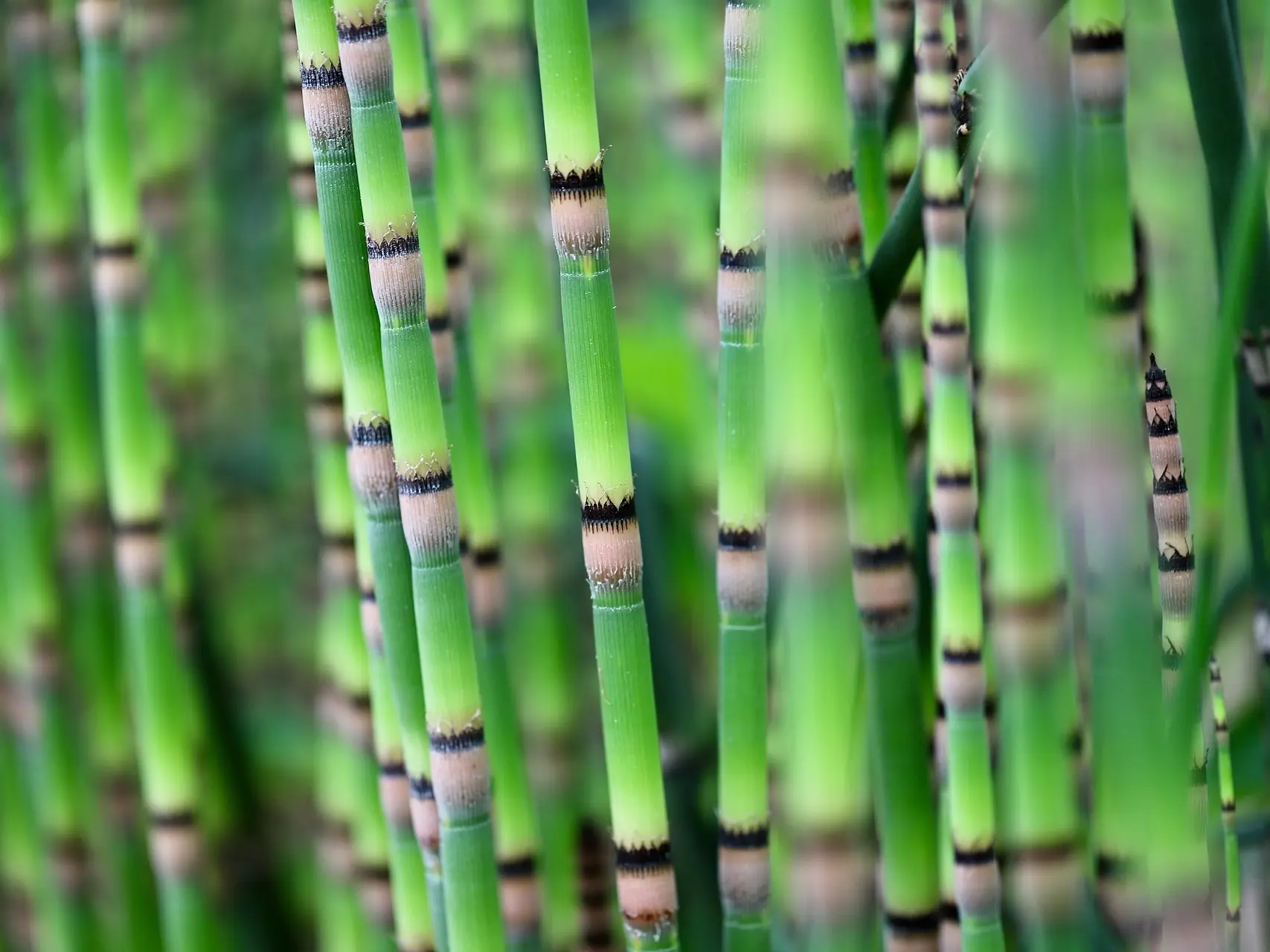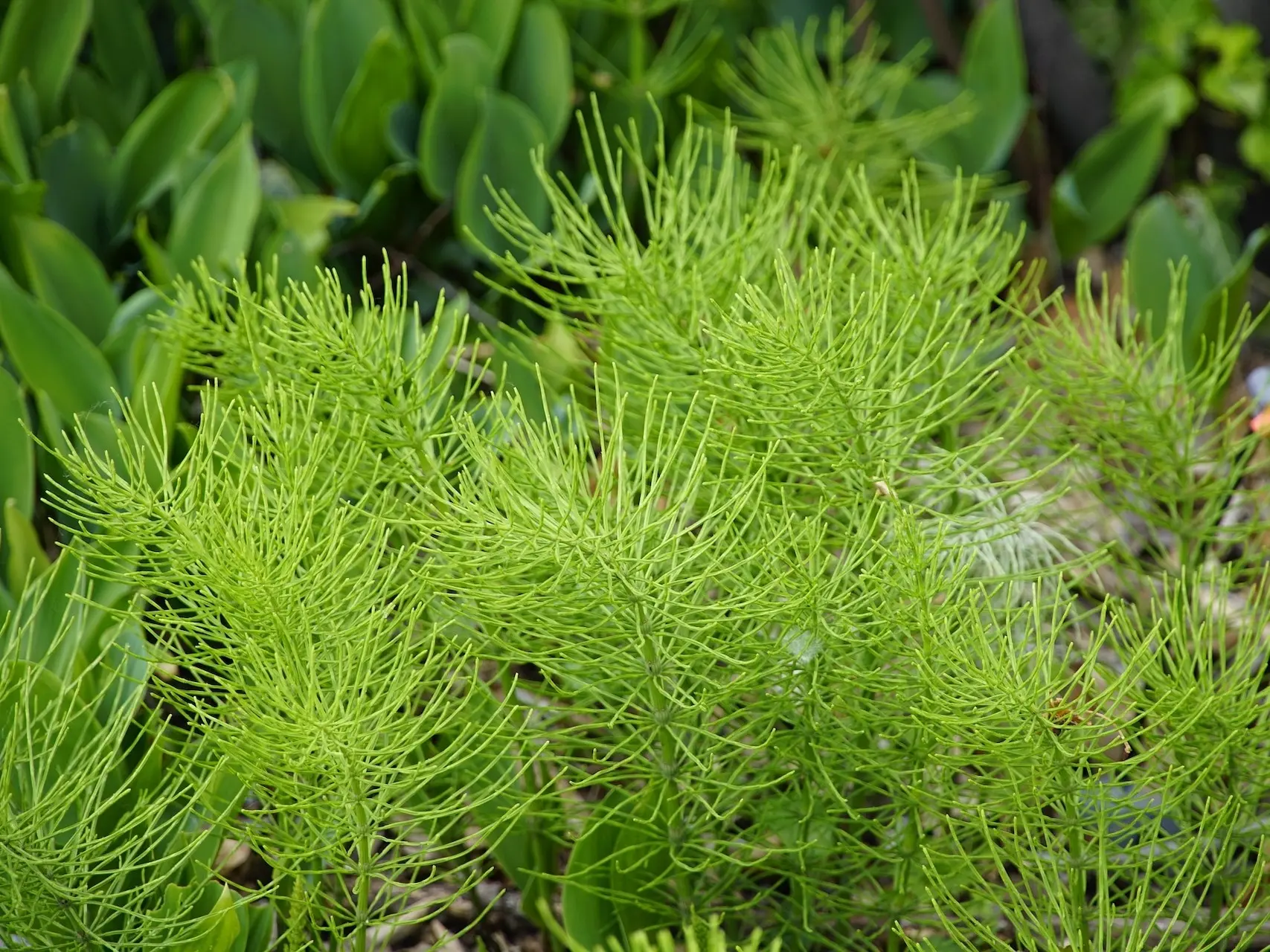
It’s Monday and time to learn about another in the a-z of plants your horse can’t eat series. Today’s plant has a strange prehistoric look to it, the Field Horsetail may sound horse-friendly – but it’s not.
A Little About Field Horsetail
The Equisetum species is also called Horsetail and Scouring Rush. This is both a perennial and an annual that can grow up to 6 feet tall, the plant produces two types of stems. Sterile stems are light green, highly branched and free of leaves. Fertile stems are dark green, singular, ridged, hollow and possess distinct joints. Young soots appear with a tan spore cone at the top.
How Dangerous Is It?
This plant is unpalatable to horses and generally only a problem during drought conditions. However it can be incorporated into hay and is often found near water sources. However the sap is toxic and can irritate on contact. The plant contains Thiaminase which affects the central nervous system and metabolism – and especially dangerous to young horses.
All parts of this plant (fresh or dried) are toxic and can be fatal to equines.

What To Look For
You know your animal the best, so you should know when something is amiss. Field Horsetail toxicity symptoms include Jaundice, weight loss, weakness, loss of coordination, anxiety, paralysis and convulsions.
Learn More
Be sure to check out the Field Horsetail page to learn more about the plant and while you are at it why not check out more toxic plants?
*It should be noted that I’m not a veterinarian. This information is written specifically for horses and should be used for reference purposes only. If you think your horse has eaten something toxic call your vet right away.